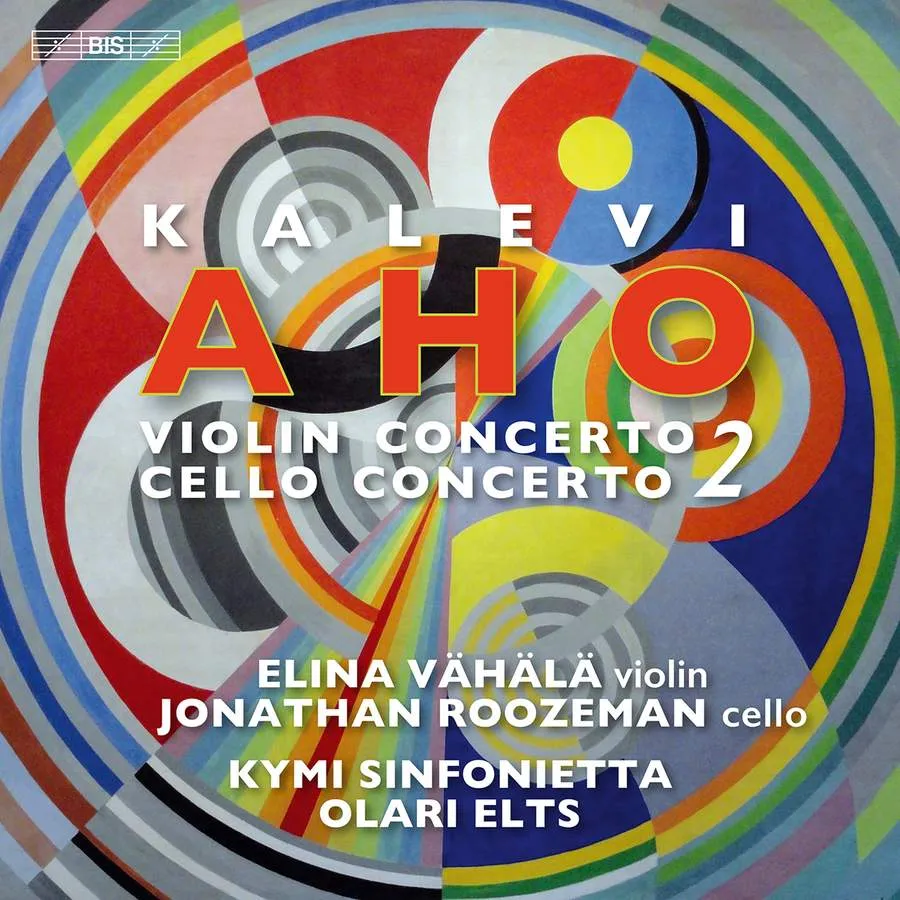
Kalevi Aho Violin Concerto No. 2; Cello Concerto No. 2 Elina Vähälä (violin), Jonathan Roozeman (cello); Kymi Sinfonietta/Olari Elts BIS BIS-2466 (CD/SACD) 63:38 mins
With getting on for 30 concertos under his belt, you might think that Finnish composer Kalevi Aho was turning them out by the yard, but there are no signs of notes being dashed off to order in these works from 2013 and 2015. The Violin Concerto (2015) is full of rhythmic energy in the first movement, alternating with more lyrical passages, and the style is a kaleidoscopic mix of tonal and modal writing, with memorable melodic shapes providing signposts, and varied orchestration adding colour. Elina Vähälä, for whom the work was written, brings virtuosity to the solo part, and intensity to the long-spun and wide-ranging line in the lyrical Adagio, where double stops add to the weight of the texture. The finale is lightly dancing, although it sometimes falls into sequence, but the rush to the finish line is exhilarating.
The Cello Concerto (2013) follows an arch in its five linked movements, and again the emotional climax comes in the central Adagio, although it’s more tortured than the one in the Violin Concerto, and Jonathan Roozeman digs deep into the strings to reveal its obsessive character. This creates a real contrast after the songful feeling of the lilting opening ‘Berceuse’, and the skittering Prestowhich is slightly reminiscent of Shostakovich. The music returns to that world after the Adagio, and the final movement is the most varied of all, starting with a reminiscence of the ‘Berceuse’, then a ghostly cadenza, mostly in harmonics and pizzicato, before a final flurry of activity.
With all-round tightness to the performances and recording, this is an attractive issue.
Martin Cotton